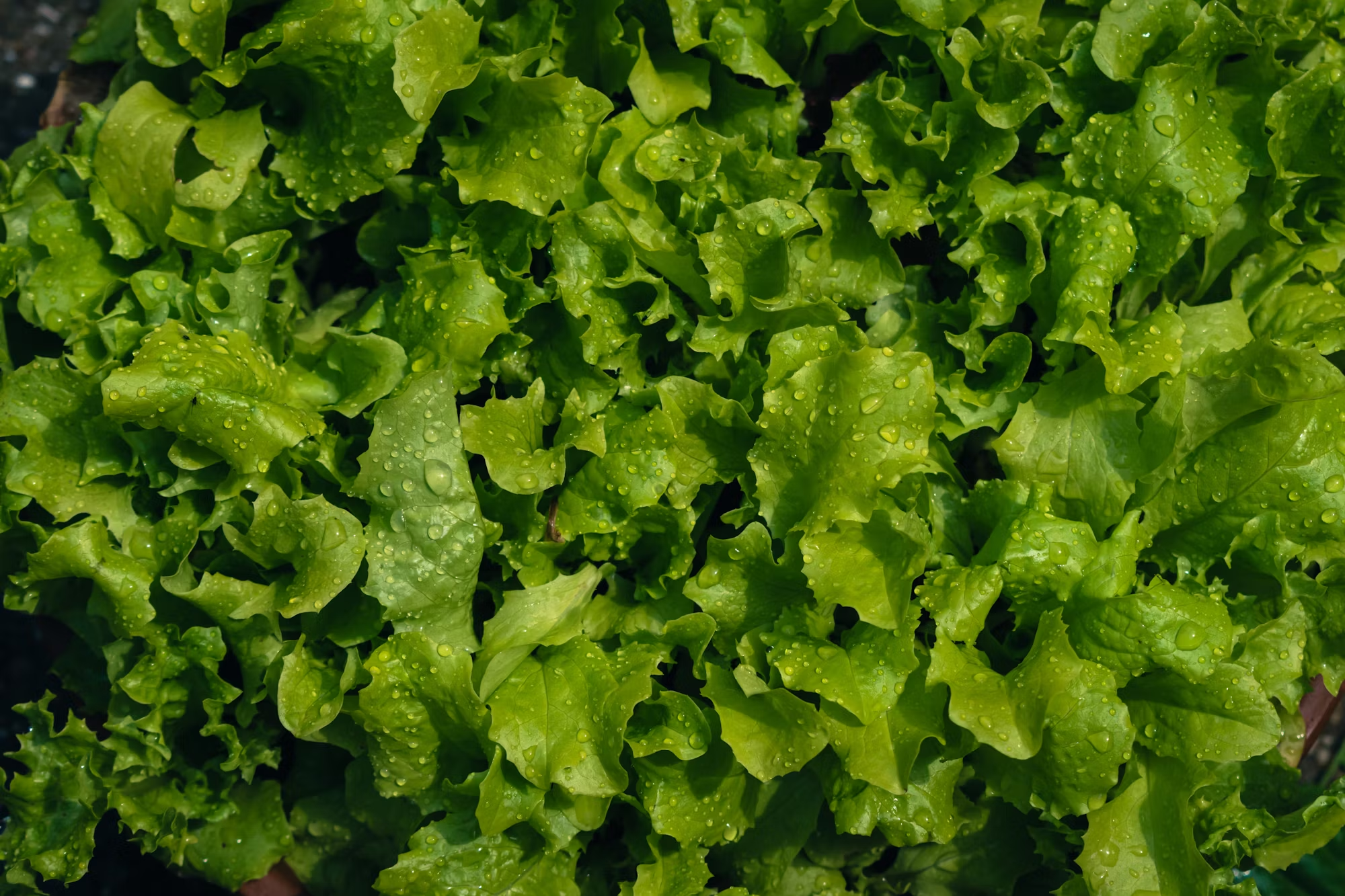Baking is one of the most rewarding and creative ways to prepare food. From freshly baked bread and cakes to flaky pastries and cookies, baking transforms simple ingredients into delightful treats. Whether you’re a beginner or an experienced baker, understanding the essential techniques and tips can help you create consistent, mouthwatering results every time. In this article, we’ll explore the fundamentals of baking, cover essential tools and ingredients, and share a variety of must-try recipes to inspire your next baking adventure.
The Basics of Baking: Science and Art Combined
Baking is often described as both an art and a science. The science behind baking involves the precise measurement of ingredients and understanding how they interact with heat to create texture, flavor, and structure. For instance, the role of flour is to provide structure, while sugar helps with browning and flavor. The art of baking comes into play when you experiment with flavors, textures, and shapes to create something truly unique.
Whether you’re baking bread, cakes, or pastries, the key to success lies in understanding a few basic principles:
1. Precision: Unlike cooking, baking requires precision. A small change in ingredients or measurements can significantly affect the outcome. Accurate measurement of flour, sugar, and liquids is essential for consistency.
2. Temperature: Oven temperature is crucial when baking. Too high a temperature can cause your baked goods to burn on the outside while remaining raw on the inside. Conversely, too low a temperature may result in underbaking. Always preheat your oven and use an oven thermometer if necessary to ensure accurate readings.
3. Mixing Methods: Different recipes require different mixing techniques. Creaming (mixing butter and sugar) is common for cakes, while cutting in (incorporating butter into flour) is used for making pastries and biscuits. Understanding when to mix and how to mix is important for achieving the desired texture.
4. Resting Time: Many baking recipes require resting or chilling dough or batter. This step allows the gluten in the flour to relax, making the dough easier to work with and the final product lighter.
Essential Baking Tools and Equipment
While baking can be done with basic kitchen tools, having the right equipment will make the process easier and more enjoyable. Here are some essential tools every baker should have in their kitchen:
1. Measuring Cups and Spoons: Accurate measurement is critical in baking. Invest in a good set of measuring cups and spoons, including both liquid and dry measuring cups.
2. Mixing Bowls: A set of mixing bowls in different sizes is essential for combining ingredients. Stainless steel or glass bowls are ideal for mixing, as they are durable and easy to clean.
3. Stand Mixer or Hand Mixer: For serious bakers, a stand mixer (such as a KitchenAid) is invaluable. It allows you to mix ingredients efficiently and gives you hands-free control over the process. A hand mixer is also a great alternative for smaller jobs.
4. Baking Pans: The type of baking pan you use can make a significant difference in the texture of your baked goods. For cakes, consider having both round and square pans in various sizes. A loaf pan is essential for baking bread, and a cookie sheet is perfect for cookies and pastries.
5. Parchment Paper: Parchment paper is a baker’s best friend. It prevents sticking, helps with even baking, and makes cleanup a breeze.
6. Pastry Brush: A pastry brush is helpful for glazing pastries, brushing bread dough with butter, or applying egg wash before baking.
Common Baking Ingredients
Understanding the role of each ingredient in baking is key to producing the best results. Here are some common ingredients and their functions:
– Flour: Flour provides structure to baked goods. All-purpose flour is the most commonly used, but there are also specific types like bread flour (higher protein content) and cake flour (lower protein content) depending on the texture you want to achieve.
– Sugar: Sugar adds sweetness and moisture, but it also affects browning. White sugar is often used in cakes, while brown sugar adds richness and depth of flavor.
– Butter: Butter adds flavor, moisture, and tenderness to baked goods. Be sure to use softened butter for creaming or cold butter for cutting into flour.
– Eggs: Eggs help bind ingredients together, add moisture, and contribute to the texture. They also provide structure and color to cakes and cookies.
– Baking Powder and Baking Soda: These leavening agents help baked goods rise. Baking powder is typically used in recipes that don’t include acidic ingredients, while baking soda requires an acidic ingredient, like buttermilk, to activate it.
– Milk or Cream: Dairy adds moisture and tenderness to baked goods. Milk is commonly used, but cream is often added to richer recipes like scones or pastries.
Baking Bread: A Beginner’s Guide
Bread is one of the most rewarding items to bake, and while it may seem intimidating at first, with the right knowledge and technique, anyone can bake delicious homemade bread. Here are the key steps to making basic bread:
1. Mixing and Kneading: The first step in bread baking is to combine the flour, water, yeast, and salt. Kneading the dough develops the gluten, which gives the bread its chewy texture. Knead for about 8-10 minutes until the dough is smooth and elastic.
2. First Rise: After kneading, let the dough rise in a warm place. This step is crucial for developing the flavor and texture of the bread. The dough should double in size, which typically takes about 1 to 2 hours.
3. Shaping the Dough: After the dough has risen, punch it down and shape it into a loaf or divide it into smaller rolls. Place the shaped dough into a greased pan or on a baking sheet.
4. Second Rise: Allow the dough to rise again, for about 30 minutes to an hour. This step ensures that the bread has a light, airy texture.
5. Baking: Preheat your oven to 375°F (190°C) and bake the bread for 25-30 minutes or until it sounds hollow when tapped on the bottom.
Baking Cakes and Pastries
Cakes and pastries are a step up from bread in terms of complexity, but with a few essential techniques, they can be just as easy and rewarding to make.
1. Creaming Method: The creaming method is commonly used in cakes. This involves beating softened butter and sugar together until light and fluffy, then adding eggs and dry ingredients alternately.
2. Folding: When incorporating delicate ingredients like whipped cream or egg whites, use a folding technique. This involves gently lifting and folding the ingredients into the batter to maintain airiness.
3. Layer Cakes: For a classic layered cake, bake multiple layers of cake, then stack and frost them with buttercream or cream cheese frosting.
4. Pastry Dough: For flaky pastries like croissants or puff pastry, cold butter and minimal handling are key. The dough is repeatedly rolled out, folded, and chilled to create thin layers of dough and butter that puff up when baked.
Must-Try Baking Recipes
Here are a few recipes to get you started in the world of baking:
1. Classic Vanilla Cake: This light, fluffy cake is made with butter, sugar, eggs, flour, and vanilla extract. It’s perfect for celebrations and can be paired with any frosting or filling of your choice.
2. Homemade Sourdough Bread: Sourdough is a bit more advanced, but the effort is well worth it. The tangy flavor and chewy texture of homemade sourdough are unbeatable.
3. Chocolate Chip Cookies: A timeless favorite, chocolate chip cookies are easy to make and always a crowd-pleaser. The key to perfect cookies is to not overmix the dough.
4. Cinnamon Rolls: Soft, gooey cinnamon rolls with a sweet glaze are a delicious treat for breakfast or dessert. Make the dough in advance and refrigerate overnight for a quick bake in the morning.
5. Lemon Meringue Pie: A tart lemon filling topped with a fluffy meringue creates a perfect balance of sweet and sour. This classic pie is a showstopper for any occasion.
Conclusion
Baking is a delightful and rewarding pursuit that allows for endless creativity and experimentation. With the right tools, ingredients, and techniques, anyone can become a skilled baker. Whether you’re baking bread, cakes, or pastries, mastering the basics will give you the confidence to explore new recipes and bake with ease. So, gather your ingredients, preheat your oven, and get ready to enjoy the sweet success of your baking endeavors.









